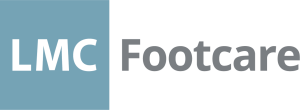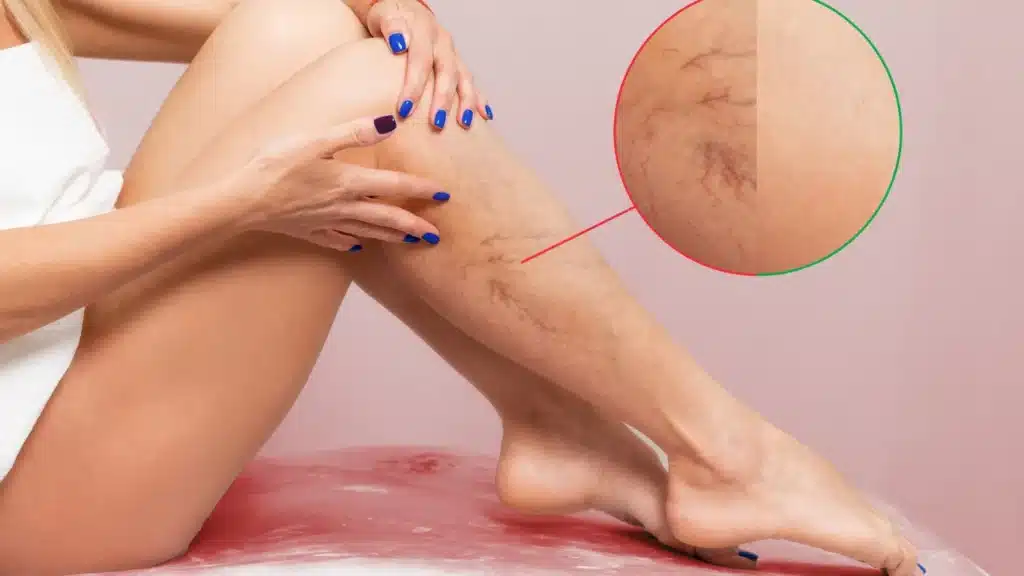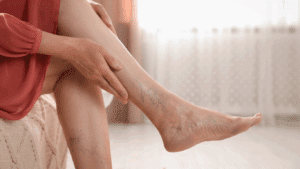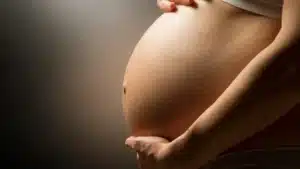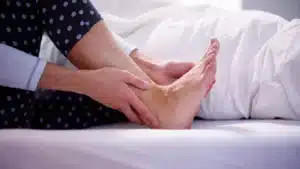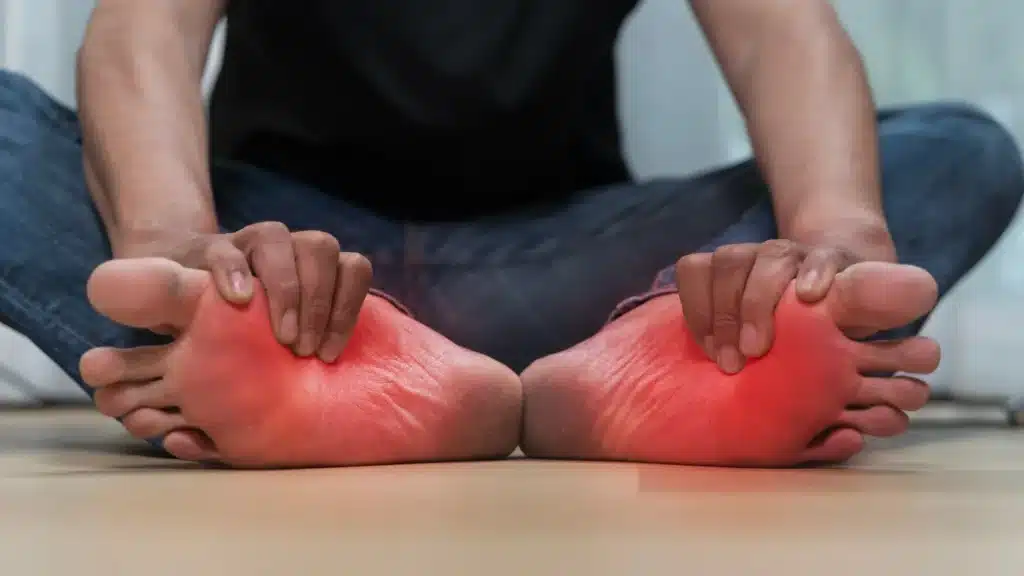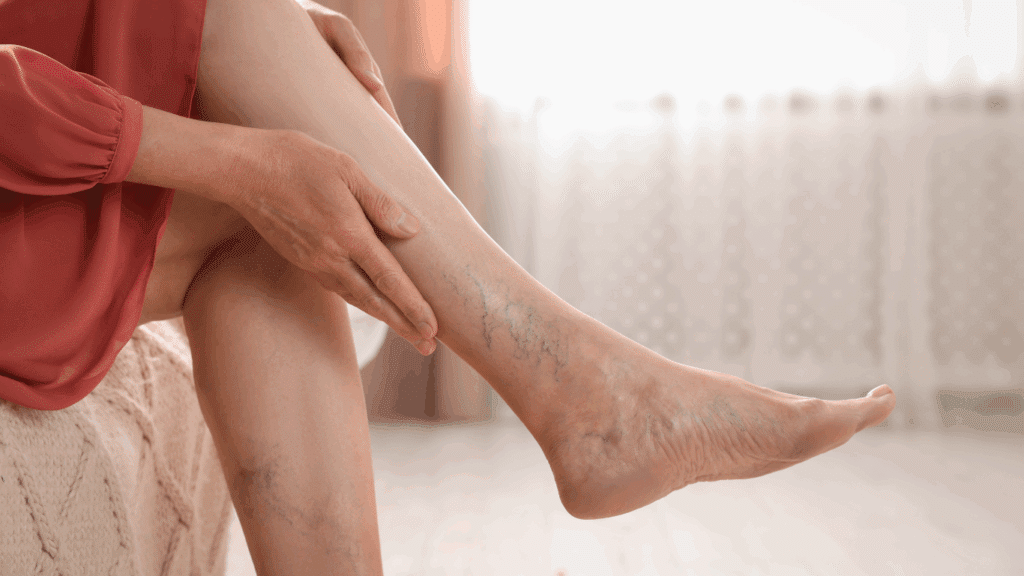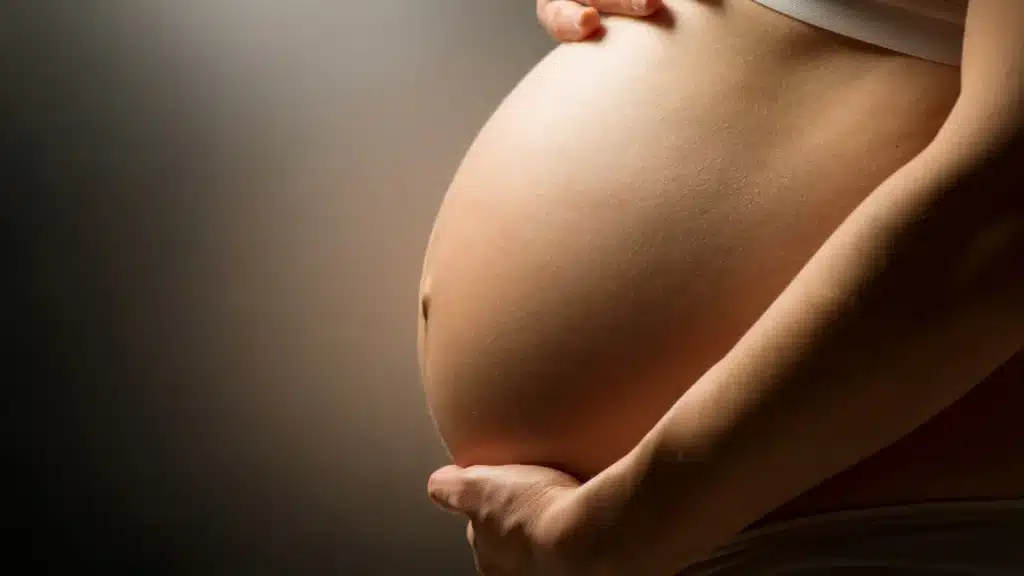Varicose veins and spider veins are common vascular conditions that affect millions of people worldwide. While they may seem like cosmetic concerns at first, these conditions can indicate underlying health issues that require attention. In this blog, we’ll explore what causes varicose veins and spider veins, how they are diagnosed, and the available treatment options.
Key Takeaways
- Varicose veins are swollen, twisted veins that often cause pain and discomfort, while spider veins are smaller, more cosmetic and less painful.
- Common causes of both conditions include genetics, hormonal changes, prolonged standing, obesity, and lifestyle factors.
- Compression stockings, exercise, and elevating your legs can help manage symptoms.
- Medical treatments, such as sclerotherapy and laser therapy, are available for more severe cases of varicose and spider veins.
- Early diagnosis and treatment are essential for managing these conditions effectively and preventing complications.
- At LMC Footcare, serving Vaughan and Bayview/Midtown Toronto, and other cities across Ontario, we are committed to helping patients manage varicose and spider veins, providing solutions, such as compression socks, that improve both health and appearance.
What Are Varicose Veins and Spider Veins?
Both varicose veins and spider veins are types of venous conditions caused by problems with the blood flow in your veins. Though they are often confused, they differ in their appearance, severity, and impact on your health.
- Varicose Veins: These are large, swollen veins that often appear on the legs and feet. They can look twisted and bulging, and they may cause discomfort, pain, or a heavy feeling in the affected area. In severe cases, varicose veins can lead to complications such as ulcers or blood clots.
- Spider Veins: These are smaller, more superficial veins that typically appear as fine red, blue, or purple lines on the skin’s surface. They usually appear on the legs, but they can also form on the face. Spider veins are generally harmless and less painful than varicose veins, though they can still affect self-esteem.
Causes of Varicose and Spider Veins
Both conditions arise when veins become weakened and lose their ability to efficiently carry blood back to the heart. The blood pools in the veins, causing them to swell and stretch. Here’s how each condition develops:
1. Genetics
A family history of varicose veins or spider veins increases the likelihood of developing these conditions. If your parents or grandparents had them, you’re more likely to experience them as well.
2. Age
As we age, the valves inside our veins weaken, which can lead to poor blood circulation. The risk of varicose and spider veins increases with age, especially after the age of 50.
3. Hormonal Changes
Hormonal fluctuations, such as those experienced during pregnancy, menopause, or the use of birth control pills, can relax the vein walls and increase the likelihood of developing these conditions. Pregnancy is particularly notable, as the increased blood volume and pressure on the veins can lead to varicose veins.
4. Prolonged Standing or Sitting
People who are on their feet for long periods, such as those working in retail or standing for hours at a time, are more prone to varicose veins. Similarly, sitting for prolonged periods can hinder blood flow and contribute to vein problems.
5. Obesity
Excess weight can put added pressure on the veins, making it harder for blood to flow properly. This can increase the risk of varicose veins and spider veins, especially in individuals who are overweight or obese.
6. Lifestyle Factors
Poor diet, lack of exercise, and smoking can also contribute to poor circulation and vein problems. Staying active and maintaining a healthy lifestyle can help prevent or manage these conditions.
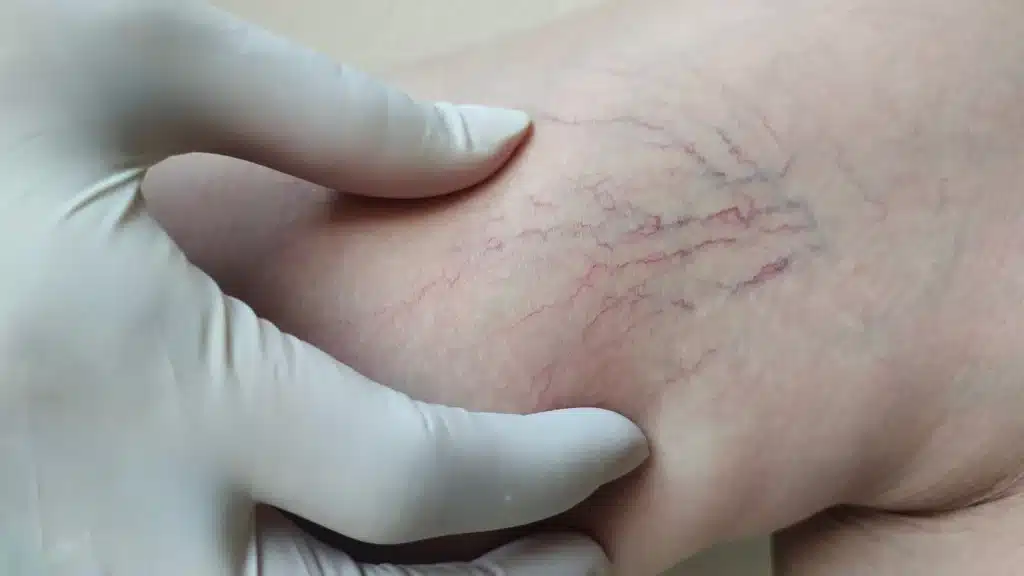
Symptoms of Varicose and Spider Veins
While spider veins are usually more of a cosmetic issue, varicose veins can cause symptoms that range from mild to severe:
- Varicose Veins:
- Swollen, twisted veins that appear blue or purple
- Pain, heaviness, or discomfort in the legs
- Swelling in the feet or ankles
- Itchy or burning sensation around the veins
- Muscle cramps or restless legs, especially at night
- Swollen, twisted veins that appear blue or purple
- Spider Veins:
- Small, web-like veins that appear near the surface of the skin
- Usually no symptoms, though some people may experience a mild ache or feeling of heaviness
- Cosmetic concerns
- Small, web-like veins that appear near the surface of the skin
If you experience pain, swelling, or discomfort in your legs, it’s important to consult with a footcare specialist (chiropodist) such as LMC Footcare to determine if varicose veins or spider veins are the cause and explore treatment options.
Diagnosis of Varicose and Spider Veins
To diagnose varicose veins or spider veins, a footcare specialist (chiropodist) will conduct a physical examination of the affected area. The doctor will look for visible signs of veins and ask about your medical history, including any family history of vein problems.
In some cases, a non-invasive test called an ultrasound may be used to evaluate the blood flow in your veins. This test helps the specialist determine if the valves in your veins are working properly or if there’s any blood pooling that could be contributing to the problem.
Treatment Options for Varicose and Spider Veins
While varicose veins and spider veins are typically not life-threatening, they can cause discomfort and negatively affect your quality of life. Fortunately, there are several effective treatments available, depending on the severity of the condition.
1. Conservative Treatments
For mild cases, lifestyle changes can often help alleviate symptoms and prevent further damage to the veins:
- Compression Stockings: Wearing compression stockings can help improve blood circulation, reduce swelling, and relieve pain. These stockings apply gentle pressure to the legs, helping the veins function properly. At LMC Footcare, we offer compression stockings that are specially designed to help manage symptoms of varicose veins and spider veins. Our footcare specialists (chiropodists) can recommend the appropriate level of compression to provide you with the most effective relief.
- Exercise and Weight Management: Staying active and maintaining a healthy weight helps reduce the strain on your veins and improves circulation.
- Elevating Your Legs: If you’ve been on your feet all day, elevate your legs to allow the blood to flow back to your heart more efficiently.
- Avoiding Prolonged Standing or Sitting: If your job or daily routine involves standing or sitting for long periods, try to move around regularly or take breaks to alleviate pressure on your veins.
2. Medical Treatments
If conservative treatments don’t provide relief, medical interventions may be necessary. These treatments are often minimally invasive and can provide lasting results:
- Sclerotherapy: This procedure involves injecting a solution directly into the affected veins, causing them to collapse and fade over time. It’s most commonly used for spider veins and small varicose veins.
- Laser Therapy: Laser treatment uses focused light to heat and close the veins, causing them to shrink and eventually disappear. It’s effective for both varicose veins and spider veins.
- Endovenous Laser Therapy (EVLT): This is a minimally invasive procedure used to treat larger varicose veins. A laser fiber is inserted into the vein to seal it off and reroute blood flow to healthier veins.
- Vein Stripping: In severe cases, surgical removal of the varicose veins may be necessary. This procedure is typically used when other treatments have failed.
At LMC Footcare, our footcare specialists (chiropodists) will assess your condition and recommend the most appropriate treatment for your needs, helping you find relief and improve your vein health.
Conclusion
If you’re dealing with varicose veins or spider veins, you don’t have to suffer in silence. Early intervention can help reduce symptoms, prevent complications, and restore your comfort and confidence. At LMC Footcare, we provide comprehensive treatments and care to help you manage and treat varicose veins and spider veins. Whether you’re in Vaughan, Bayview/Midtown Toronto, or other Ontario locations, our footcare specialists (chiropodists) are here to guide you every step of the way.
1. Can varicose veins cause serious health problems?
While varicose veins are usually not life-threatening, they can lead to complications such as ulcers, blood clots, or bleeding if left untreated. It’s important to consult a footcare specialist (chiropodist) if you’re experiencing symptoms.
2. How can I prevent varicose veins?
Prevention involves maintaining a healthy weight, exercising regularly, avoiding prolonged sitting or standing, and wearing compression stockings. If you have a family history, regular check-ups with a footcare specialist (chiropodist) at LMC Footcare clinics are recommended.
3. Are spider veins dangerous?
Spider veins are primarily a cosmetic concern and are generally not dangerous. However, they can be a sign of underlying vein issues, and treatment can improve both the appearance and overall vein health.
4. How do compression stockings help with varicose veins?
Compression stockings apply gentle pressure to the legs, helping to improve blood circulation, reduce swelling, and alleviate discomfort associated with varicose veins. At LMC Footcare, our footcare specialists (chiropodists) can guide you in choosing the right compression stockings for your condition.
5. What’s the best treatment for spider veins?
Sclerotherapy and laser therapy are the most effective treatments for spider veins. These minimally invasive procedures can help reduce or eliminate visible spider veins, restoring a smooth appearance to the skin.
